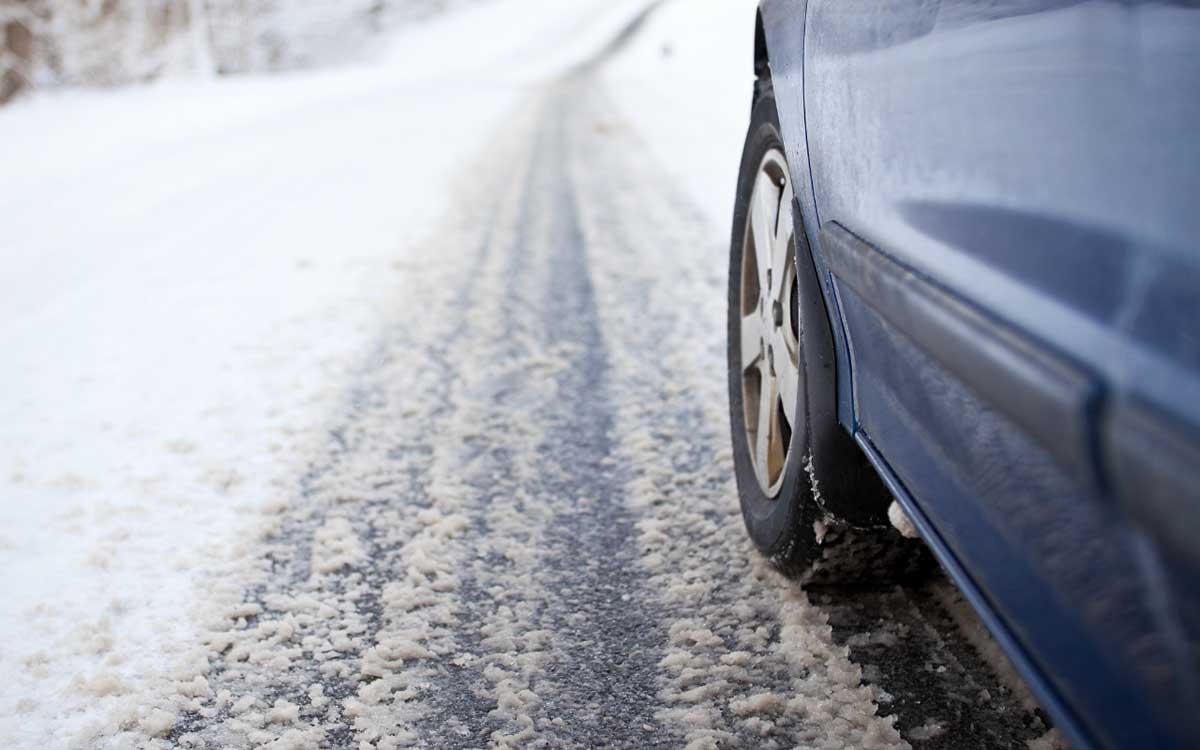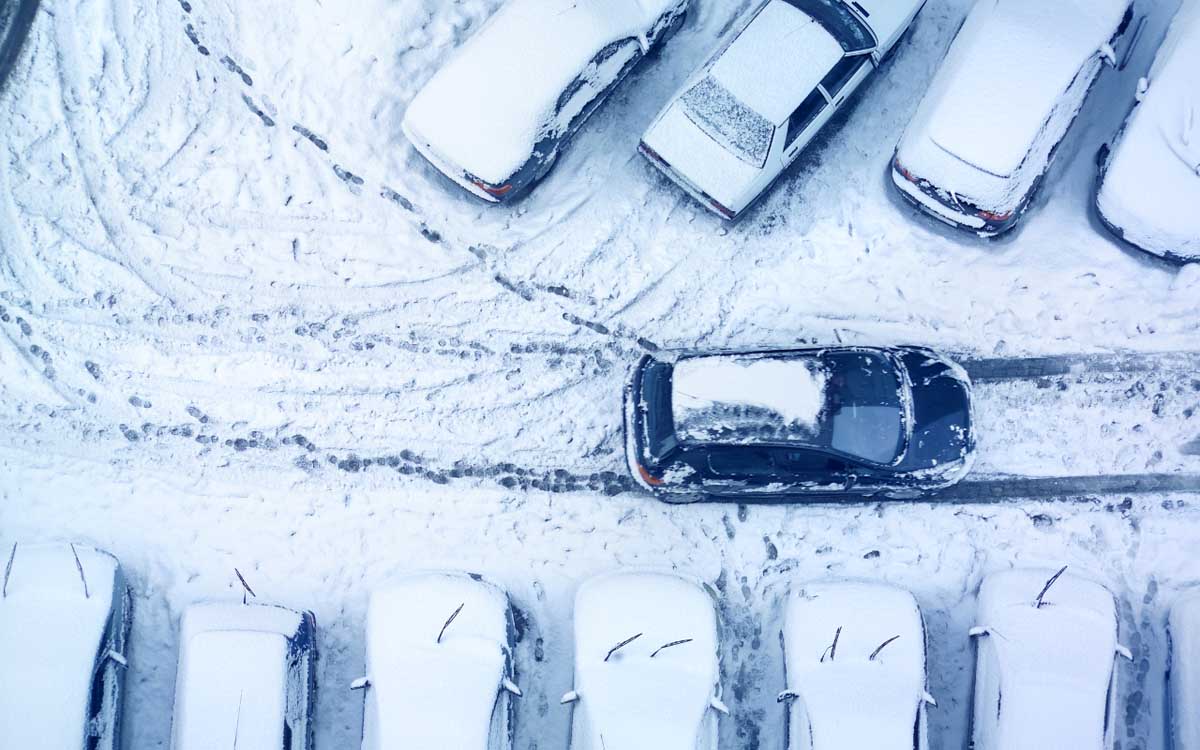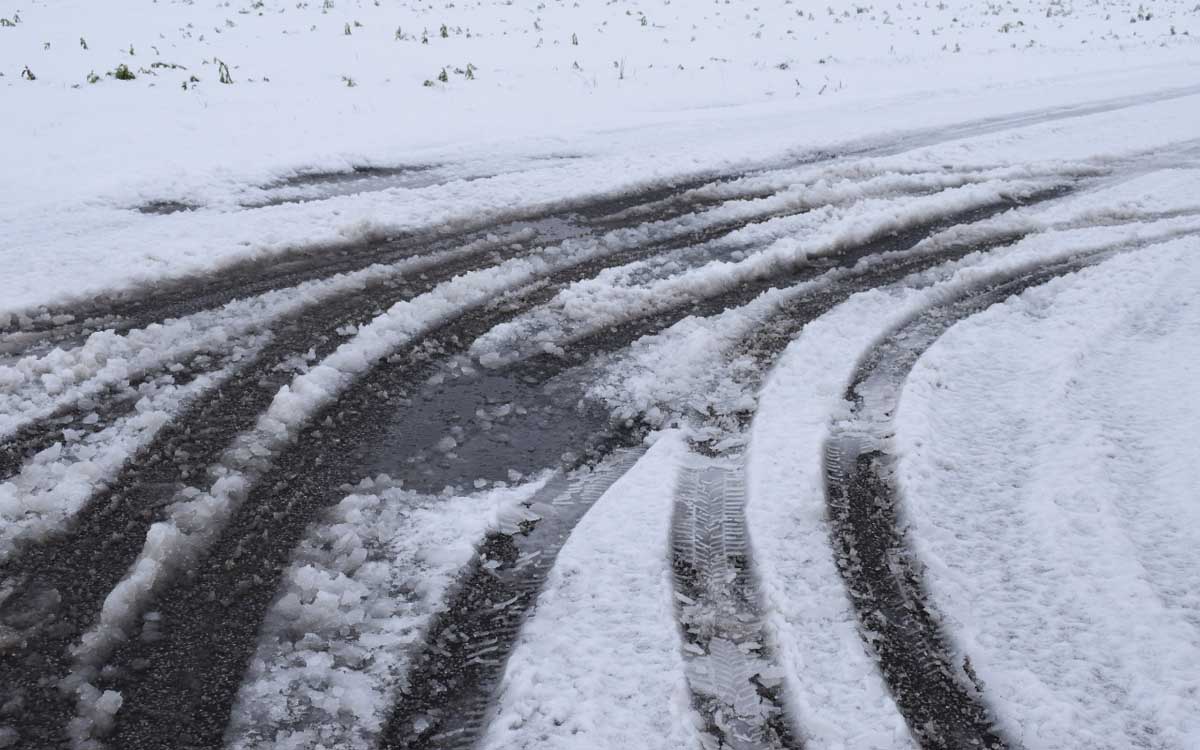How to Drive Safely in Snow: A Comprehensive Guide
May 29, 2024
In this guide, we’ll discuss everything you need to know about how to drive in snow safely, including car types, snow chains, and other crucial winter driving tips. Whether you’re driving a 2WD, AWD, FWD, or 4WD, knowing how to prepare your vehicle and adjust your driving techniques can make all the difference. We’ll cover how to use snow chains effectively, the best way to dig your car out of snow, and the importance of maintaining steady acceleration.
Preparing Your Car for Driving in the Snow
Personal Prep
Dress in layers to stay warm.
Wear a hat and gloves for protection against the cold.
Take sunglasses to reduce snow glare.
Pack a thermos with a hot drink to stay warm and alert.
Ensure your mobile phone is fully charged and carry a portable charger.
Inform someone of your travel plans and expected arrival time for safety.
Mechanical Check
Tyres: Make sure they have adequate tread depth.
Battery: Ensure it is fully charged and not near the end of its life.
Brakes: Verify brake pads and rotors are in good condition.
Cooling System: Check for leaks and top up coolant levels.
Engine: Ensure it’s in good running condition.
Windscreen Wipers: Check that the wipers are functioning well.
Electrical System: Pay particular attention to the alternator.
Heater/Demister: Ensure it is functioning correctly.
Add Anti-Freeze
Ask your mechanic to check if you need an anti-freeze or special coolant for low temperatures. If required, add the appropriate amount to prevent engine block and radiator damage.
Fuel for Snow Conditions
If driving a diesel vehicle, fill your tank with Alpine Diesel near the snowfields to prevent fuel from freezing.
Alternatively, add an alpine diesel additive.
Dual fuel vehicles (LPG/petrol) should switch to petrol before entering alpine areas.
Create an Emergency Kit
Torch
Blanket
Tow Rope
Spade
Wheel Chocks
Ice Scraper
Water Bottle
Groundsheet
First Aid Kit
Additional Preparations
Clear all glass and mirrors of ice before driving away from snowfields. Use an ice-scraper and never use hot water on windscreens. Lift the wipers from your windscreen or place them in a plastic bag to prevent them from sticking. Have a spare set of keys.
Tips for Driving Safely in the Snow
Be Prepared: Bring a spade, tow rope, groundsheet, ice scrapers, and safety equipment.
Slow Your Speed: Reduce your speed when you encounter snow.
Use Your Headlights: Drive with headlights on low beam in low visibility and switch on fog lights when visibility is poor.
Overtaking and Braking: Leave extra distance between your vehicle and the one ahead, as braking takes longer on snow and ice. Apply brakes gently and early, and accelerate slowly. Never overtake on hills, bends, or intersections.
Be Aware of Trucks: Exercise extra caution when driving near trucks, as they have reduced visibility and maneuverability.
Look Out for Signage and Snow Poles: Snow poles help drivers navigate in heavy snow. If you can’t see the edge of the road or the next snow pole, stop in a safe location and activate your hazard lights.
Black Ice: Black ice is a transparent layer of ice that forms on shaded parts of the road. Slow down and alert oncoming drivers by flashing your headlights.
Avoid Travel Fatigue: Stop at Driver Reviver sites and take regular breaks to avoid fatigue.

Park only where directed to avoid being hit by snow-clearing equipment. Do not apply the handbrake to prevent freezing of the cables. Leave the car in gear with the front wheels turned away from the slope and as close to the bank as possible. Remove wheel chocks when leaving.
Visibility in Poor Conditions
Travel during daylight hours whenever possible to better judge distances. In low visibility, stop if necessary and use hazard lights. Maintain clear windscreens by using front and rear demisters with the air-conditioning on.

Driving Techniques Based on Car Types
When it comes to driving in the snow, not all vehicles perform the same. Your vehicle’s drivetrain system – whether it’s 2WD, AWD, FWD, or 4WD – plays a significant role in determining how well it handles snowy and icy conditions. Understanding the strengths and limitations of your vehicle type is essential for staying safe on the road. Let’s explore specific driving techniques tailored to each car type.
Can 2WD Drive in Snow?
Driving a 2WD in snow can be tricky, as these vehicles are not designed for optimal snow performance. With only two wheels providing traction, it’s easier to lose control on slippery surfaces. However, you can improve your traction by following these tips:
Use Snow tyres or Chains: Invest in quality snow tyres or install snow chains to improve traction. Snow tyres have specialised treads and rubber compounds that provide better grip in low temperatures, while chains can help dig into packed snow and ice.
Add Weight: Adding weight to the back of your vehicle can help prevent slipping. Placing sandbags or heavy items in the trunk can increase traction for rear-wheel-drive (RWD) vehicles by balancing the load.
Drive Smoothly: Avoid sudden acceleration or braking, and maintain a steady speed to reduce the risk of spinning out.
Can AWD Drive in Snow?
AWD vehicles handle snow better than 2WD, thanks to their improved traction and power distribution. They provide power to all four wheels, which helps maintain control on slippery surfaces. However, it’s essential to ensure your vehicle has suitable tyres for better control.
Snow tyres: Equip your AWD vehicle with proper snow tyres to enhance grip. Regular all-season tyres may not offer sufficient traction in extreme winter conditions.
Drive Smoothly: Apply throttle, brakes, and steering inputs gently to avoid sudden movements that could lead to skidding. Maintain steady acceleration and avoid sudden stops.
Can FWD Drive in Snow?
FWD vehicles offer better traction than 2WD in snowy conditions due to the weight of the engine over the drive wheels. Here’s how to enhance FWD performance in snow:
Maintain Steady Acceleration: Avoid sudden acceleration or braking. Apply the throttle gradually to prevent the wheels from spinning.
Avoid Sudden Braking: Apply brakes gently to prevent skidding. If your vehicle has ABS, apply firm and continuous pressure on the brake pedal.
Use Snow tyres or Chains: Like with 2WD and AWD, using proper snow tyres or chains is crucial for maximising grip.
How to Drive 4WD in Snow
4WD vehicles provide excellent traction in snowy conditions. However, avoid overconfidence and follow these tips:
Engage 4WD Mode: Engage 4WD mode appropriately when driving on snowy or icy roads. Make sure to follow the manufacturer’s recommendations, as incorrect usage may cause mechanical damage.
Maintain Safe Speeds: Even with 4WD, driving at high speeds can lead to accidents. Reduce your speed and allow extra time to reach your destination.
Brake Early: Start braking sooner than usual to ensure you can stop safely.
Avoid Overconfidence: While 4WD vehicles have better traction, they are not invincible. Stay vigilant and cautious on snowy roads.

Parking Safety
Park only where directed to avoid being hit by snow-clearing equipment. Do not apply the handbrake to prevent freezing of the cables. Leave the car in gear with the front wheels turned away from the slope and as close to the bank as possible. Remove wheel chocks when leaving.
Using Snow Chains Effectively
Do 4-Wheel Drives Need Snow Chains?
Even with 4WD, snow chains may still be required in some conditions. It’s crucial to know local laws and road conditions to determine when chains are necessary. In some areas, authorities may require snow chains regardless of your vehicle type.
How to Put Snow Chains on a Car
Installing snow chains is straightforward with these steps:
Lay the Chains Flat: Lay the chains flat on the ground next to the drive wheels.
Drive Forward: Drive your car forward so that the tyres are positioned over the chains.
Wrap and Fasten: Pull the chains around the tyres and fasten them securely.
Check the Fit: Drive a short distance, then tighten the chains again to ensure they’re snug.
Can You Drive with Snow Chains on the Road?
Snow chains are designed for use in heavy snow or ice. However, avoid using them on dry or wet roads as it can damage both the chains and the road surface. Remove the chains as soon as road conditions improve.
How Fast Can You Drive with Snow Chains?
When driving with snow chains, it’s essential to maintain a safe speed. The recommended speed limit for snow chains is usually 30 to 50 km/h, depending on road conditions. Check the manufacturer’s guidelines for specific speed recommendations.
Additional Tips for Snowy Condition

How to Dig a Car Out of Snow
If your car gets stuck in the snow, follow these steps to dig it out safely:
Clear Snow from tyres: Clear as much snow as possible from around the tyres. Use a shovel or ice scraper.
Use Traction Mats: Place traction mats, sand, or kitty litter under the tyres for extra grip.
Rock the Car: Shift between drive and reverse to rock the car back and forth. Gently apply the throttle to avoid wheel spin.
What Does Snow Mode Do in a Car?
Snow mode is a feature in some vehicles that helps improve traction by reducing wheel spin. It adjusts the throttle response and transmission settings to provide better control on snowy or icy roads. If your car has snow mode, make sure to activate it before driving.
Does Snow Rust Cars?
Yes, snow and road salt can cause rust on your car, especially on the underbody. Here are some tips to prevent rust:
Regular Washing and Waxing: Wash your car regularly and apply wax to protect the paint.
Underbody Treatments: Use underbody treatments to prevent rust formation. Consider applying a rust-proofing agent.
Common Types of Accidents During Snowy Conditions
Driving in snowy conditions significantly increases the risk of various types of accidents. Here are the most common ones and how they can occur:
Rear-End Collisions
Rear-end collisions are frequent during winter due to slick roads making it difficult to stop in time. Drivers often fail to maintain adequate distance from the vehicle in front, leading to accidents when sudden stops are necessary. To prevent this, always increase your following distance and reduce speed in snowy conditions.
Spin-Out Collisions
Spin-outs occur when drivers lose control on icy or slushy roads. This can happen when drivers take turns too quickly or brake suddenly. If your car starts to skid, steer gently in the direction of the skid and avoid slamming on the brakes to regain control.
Lane-Drifting Accidents
Poor visibility and snow-covered lane markings can cause lane-drifting accidents. Drivers might unintentionally drift into adjacent lanes, increasing the risk of side-impact collisions. To mitigate this, follow tracks left by other vehicles when lane markings are obscured and maintain a safe distance from other cars.
Sliding Through Intersections
Snow and ice can make it difficult to stop at intersections, leading to collisions. This happens when vehicles cannot stop in time at red lights or stop signs, potentially hitting other cars or pedestrians. Begin slowing down well before reaching intersections and be mindful of slippery conditions.
Poor Visibility Accidents
Heavy snowfall and blizzards can drastically reduce visibility, making it challenging to see other vehicles, road signs, and pedestrians. To reduce risks, drive with headlights on low beam, maintain a slow speed, and increase the following distance to react safely to sudden changes.
Vehicle Breakdowns and Stranding
Cold temperatures can lead to vehicle breakdowns, such as engine failures or battery issues, which may leave drivers stranded. Regular vehicle maintenance, including checking the battery, antifreeze levels, and ensuring tyres are in good condition, can help prevent these incidents.
Final Thoughts
Driving in the snow requires caution and preparation. Make sure your vehicle is equipped with the right tyres, chains, and features, and always adapt your driving behaviour to the conditions.